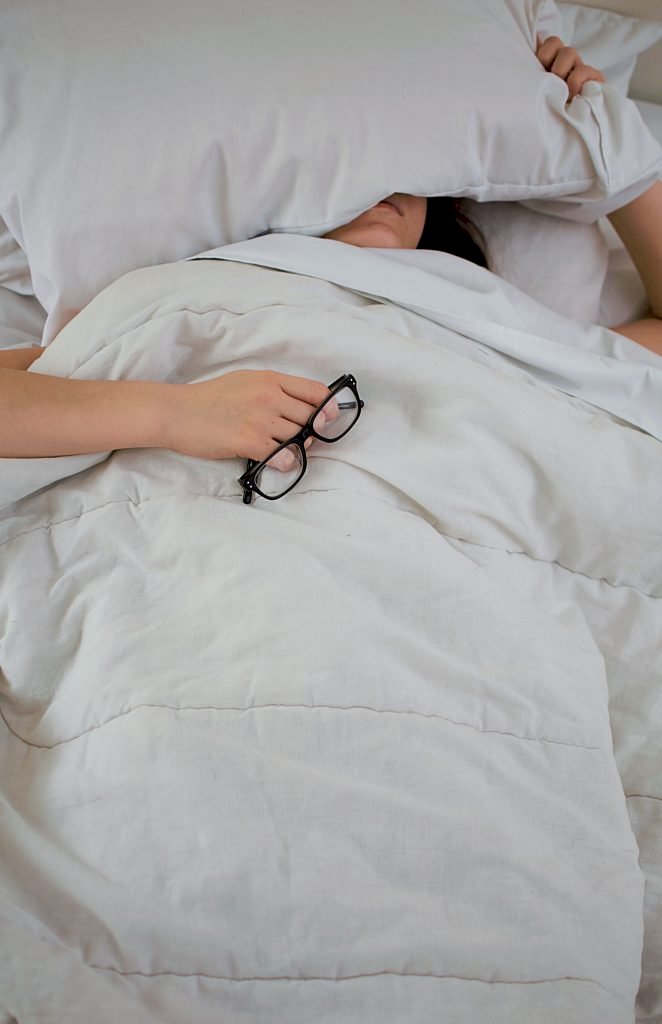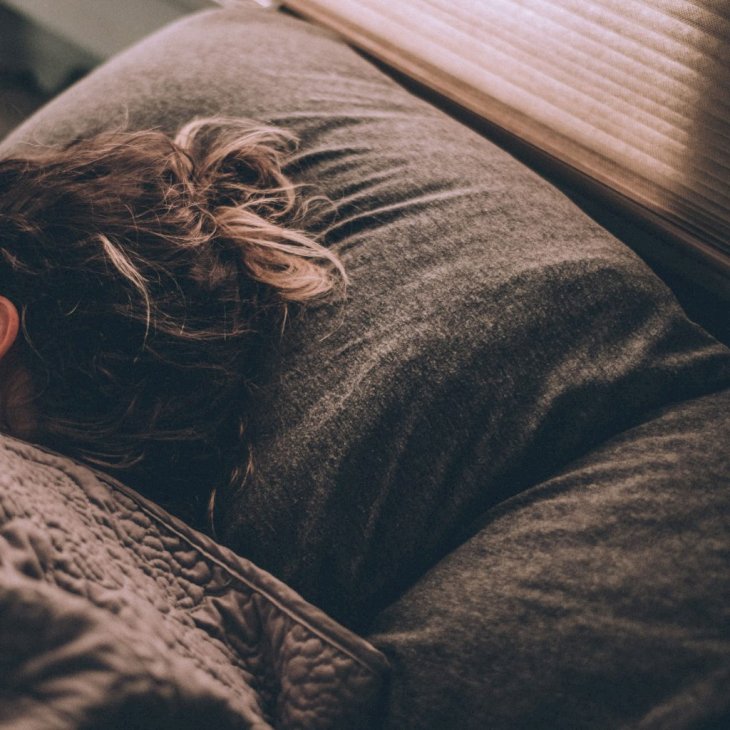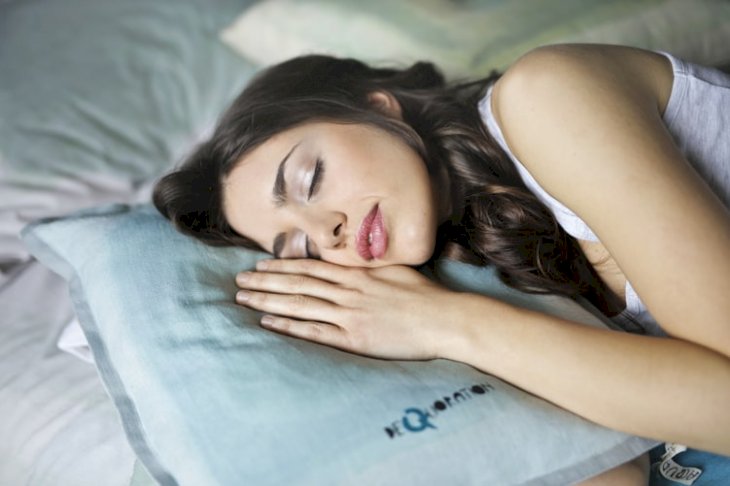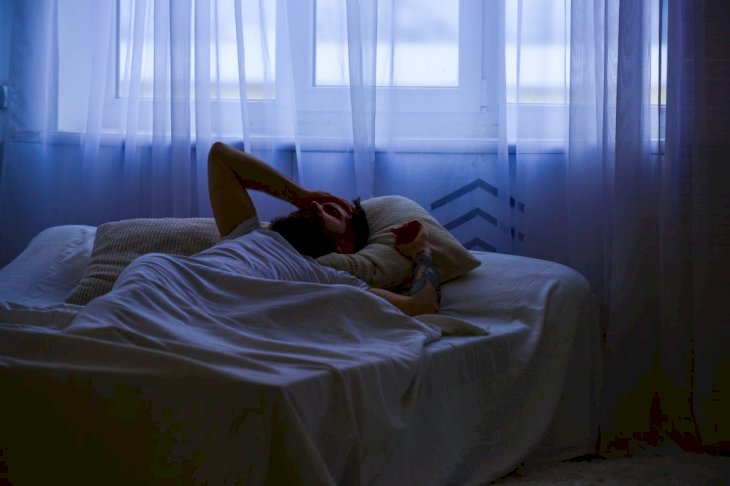
Exploring The Benefits Of Biphasic Sleep Patterns For Insomnia
Sometimes you just can’t get yourself to sleep no matter how hard you try! Even exhaustion alone won’t leave you rested, but have you thought about changing your sleeping pattern to help you get the rest you need?
Sleep is vital for our wellbeing; while our bodies need food and water to carry out our daily tasks, we also need the rest to perform them. But sometimes getting the rest you need proves to be quite the challenge!
Not getting enough sleep can put your mental health at risk and even put your productivity on a downward slope! Sure, sleep hygiene could improve your sleep, but what if changing your sleeping pattern helps you feel better than just a solid eight-hour sleep?
What Is a Biphasic Sleep Pattern?

Photo by Isabella and Louisa Fischer on Unsplash
We’re so accustomed to the idea that we need to get in our six to eight hours of sleep at night, but that’s not always the case. Biphasic sleep is getting your rest through two sleeping cycles, unlike most people who benefit from one sleep cycle!
How Is It Done?

Unsplash
Biphasic sleep works similar to how you would take a nap, so you could sleep for five to six hours at night and take a nap anytime throughout the day. Just like a nap, your second bit of sleep can be as short as 20-minutes. But if you need the added rest, you can nap for up to an hour and a half!
Problems You Might Face

Photo by Ben Blennerhassett on Unsplash
Sleeping in a biphasic pattern means that you’re going to have to sacrifice some of the social hours throughout the day and lose daylight. So you might not be available for a brunch or even an afternoon walk.
The excitement of evening plans may also keep you awake, so if you struggle to fall asleep, you might end up exhausted throughout the day. There’s also the issue of oversleeping; it can throw your cycle off and leave you awake at odd hours.
Siesta Time

Photo by Bruce Mars on Unsplash
It is a cultural norm in some countries, especially Spain and Greece! People usually go for a two-hour siesta during the afternoons and evenings and then go back to work. It’s supposed to help them avoid those long and hot summer days and rest when they need to!
How can it help with insomnia?

Shutterstock
Many people benefit from a nap throughout the day, be it 15 or 30-minutes, and if you're not getting enough sleep throughout the night, you can get the rest you need from a nap which can help improve your productivity! If you follow a biphasic sleep pattern, you’ll be getting all the rest you need as long as you don’t skip out on naps!